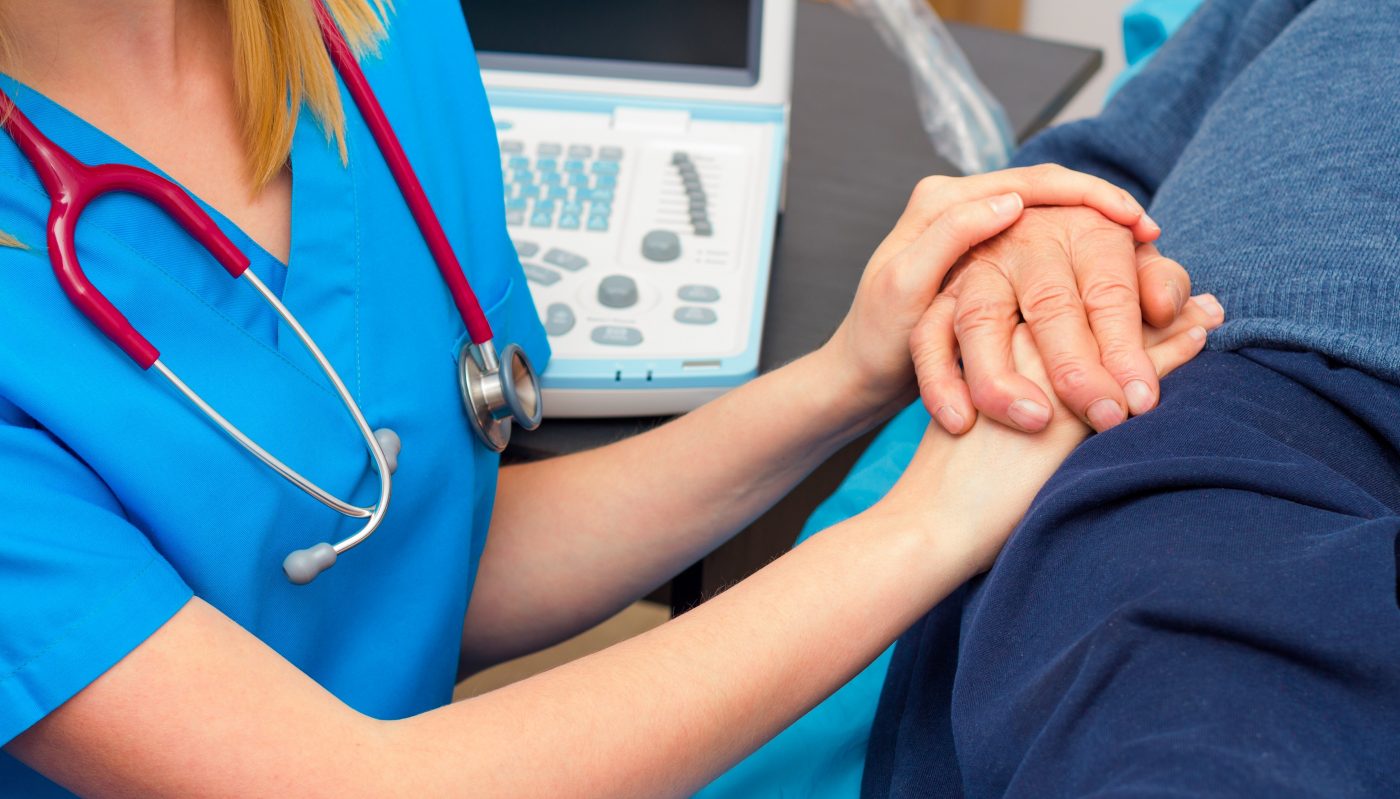For Parkinson’s Management, Deep Brain Stimulation May Complement Drugs

In a recent Medical Minute, a weekly health news feature from Penn State’s Milton S. Hershey Medical Center, Dr. James McInerney discusses developments in Parkinson’s disease research and the different approaches to symptom management, with special focus on deep brain stimulation (DBS).
Parkinson’s disease (PD) is a progressive and debilitating neurodegenerative disease, characterized by the loss of control of balance, movement, and coordination as well as progressive impairment of intellectual function. Symptom onset usually occurs when 50% to 80% of the patient’s neurons have died, but replacing dying cells through stem cell therapy, for example, is not yet effective, making these cells also vulnerable to degeneration.
Initial treatment involves dopaminergic medication that temporarily replaces dopamine levels or mimics this neurotransmitter action, since most PD symptoms are caused by the lack of dopamine in the brain. These drugs usually help to reduce tremors, improve overall motor skills and coordination of movements, all symptoms that tend to get worse as disease progresses and hinder basic activities such as sleep, movement, eating, and dressing. Frequently, PD is also associated with clinical depression that also requires treatment with antidepressants. Correct management of mood disturbances often leads to motor improvements in PD patients.
Another type of treatment is deep brain stimulation, a surgical procedure intended to treat neurological symptoms and help patients control their movements. A medical device called a neurostimulator is implanted in the brain and delivers electrical stimulation, which can be adjusted by doctors, selecting brain areas that control movement and blocking abnormal nerve signals that cause tremors and other symptoms. This treatment, approved by the U.S. Food and Drug Administration (FDA) for other conditions, such as dystonia and obsessive-compulsive disorder, is usually recommended for patients whose symptoms are worsening and require a more intense medication regimen. Although not a first line of treatment, DBS constitutes a complement to medication. According to Dr. McInerney, “[i]t works better because it is on all the time and it doesn’t cycle on and off the way medications do. And it typically doesn’t produce side effects.”
Dr. McInerney concludes by stressing the importance of symptom awareness for the well-being of the patient. “We want to give them a one-stop shop because if you don’t, you’re not taking care of the whole person. You have to look for these other symptoms and know they are going on,” he said.
The Centers for Disease Control and Prevention (CDC) rates complications caused by PD as the 14th cause of death in the United States, according to the National Parkinson Foundation, although the disease itself is not fatal.






